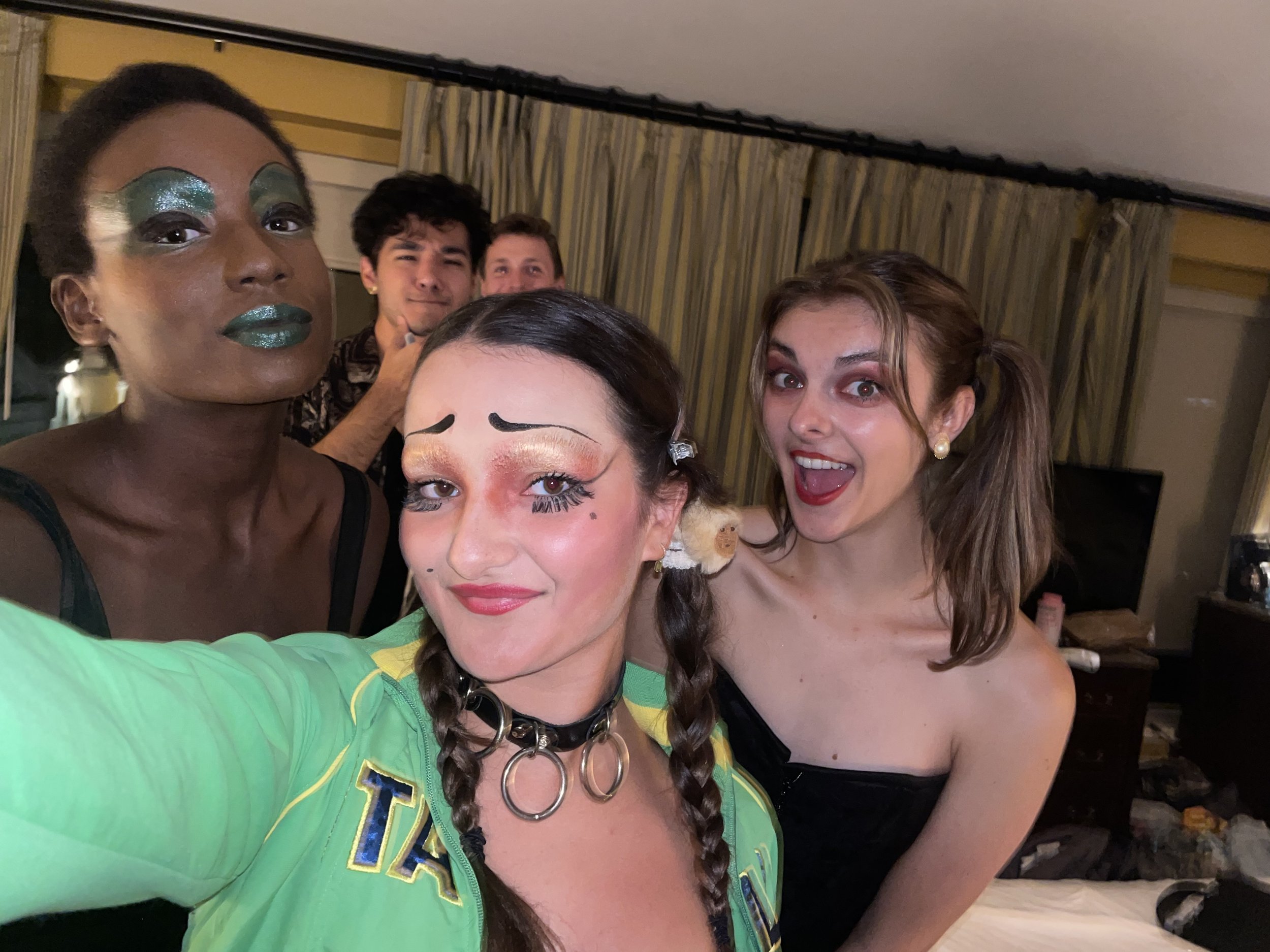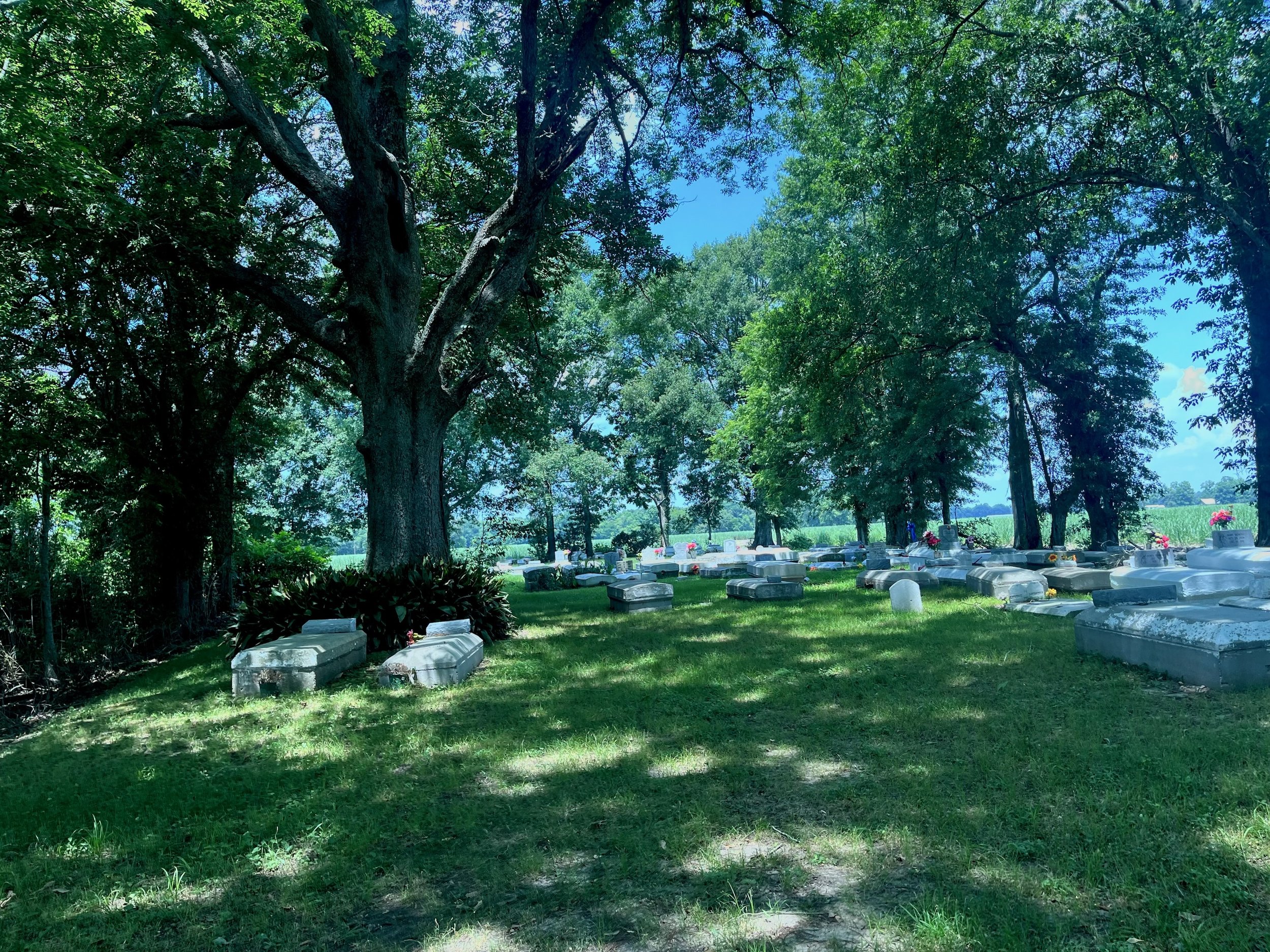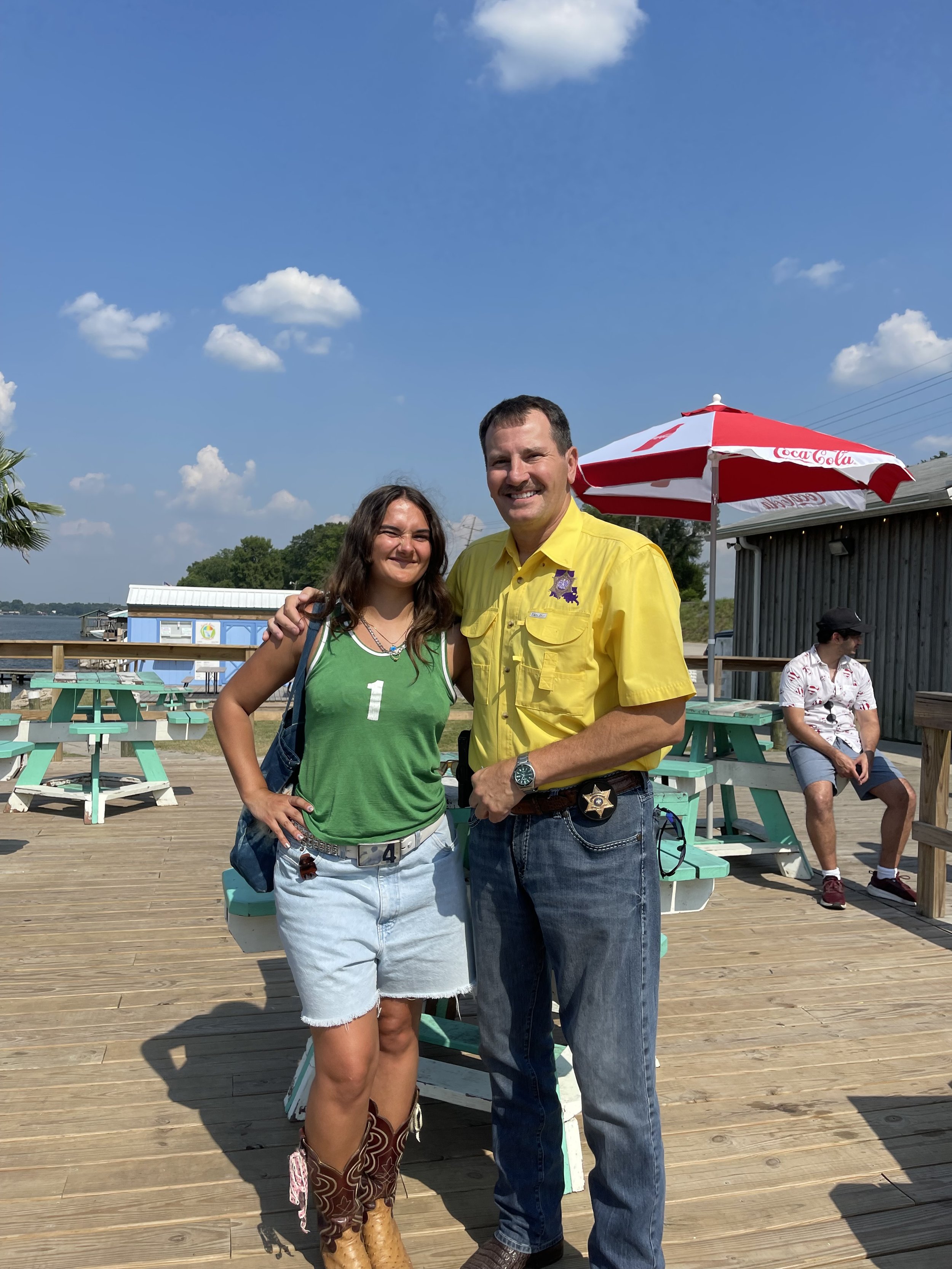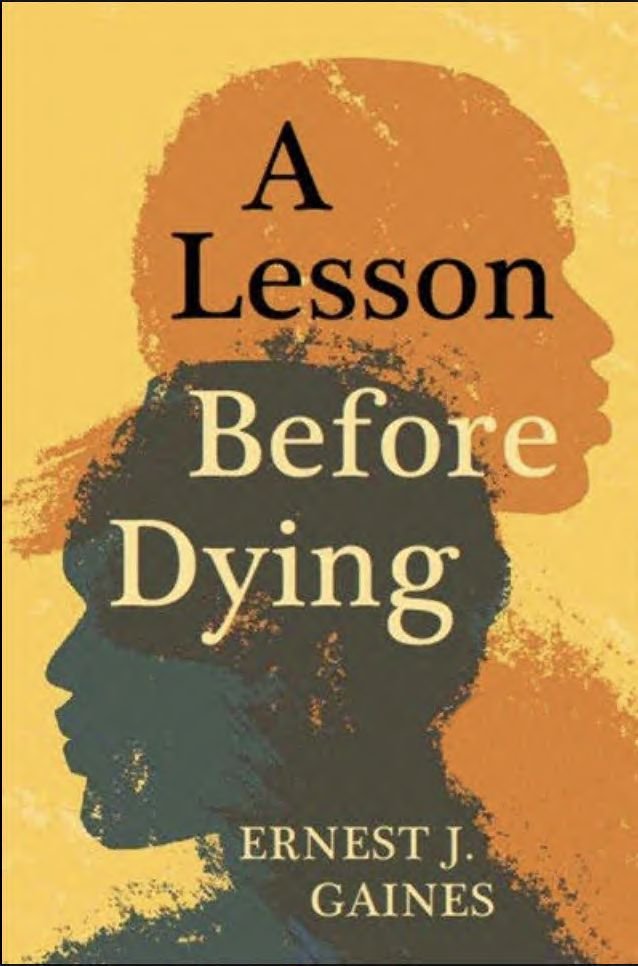“A road is not by itself, Wesley, even if it’s empty. It’s part of the people who live on it, just like a vein is part of a body. ”
I found as we went bookpacking in the rural south, I couldn’t agree more with this statement. As we traveled down miles and miles of empty road, I couldn’t imagine how a community could remain close and welcoming. As an L.A. native, I’m used to people quite literally living on top of each other, but somehow not knowing their neighbors. I received quite the opposite feeling in Louisiana. This quote encapsulates the feeling of warmth you get from people in the south. You are never alone on the road even if there are miles that stretch ahead of you that may make it appear “empty”. The people of the south are a part of you and I think their reputation of having the welcoming warmth of southern hospitality lives in their “vein”.
Upon completing our month in Louisiana, I don’t look back on the amazing meals I ate or the fancy new book collection I started, although amazing, did not make me smile half as much as the people in Louisiana. The amount of connection I felt in such a short period of time to people that were virtually strangers before this trip is an irreplaceable feeling. Though there is no place like home, the people I met in Louisiana are rivaling this statement. Coming back to the hotels getting greeted like we were family kept blurring familial ties for me in the best of ways. So in the spirit of Tim Gautreaux’s style of writing in Same Place, Same Things, I wanted to write vignettes of lessons learned in thanks to the people I met and grew with that truly made my travels life-changing.
Just Pack Up and Go
Todd is the most amazing human I met at Lafayette Hotel working valet. He is full of life and the stories he tells of his travels sounds like he’s lived ten of them. He broke the taboo in my mind of needing loads of money in order to travel and enjoy the world. He’s backpacked and stayed in hostels and revealed that’s where he gets his joy. Though I might not go to his extreme of traveling alone, he definitely encouraged me to pack up and go. His latest love is sailing, where he invited us out on his boat on his day off. We all enjoyed po-boys and conversation about New Orleans from a local that knows the city and beyond. I found a friend and an adventurer all in one and I’m forever grateful for him.
Everybody Needs a Henry
Everybody needs a Henry. Henry is a soccer fanatic like myself who I catch watching soccer nonstop on the job. It’s a running joke that he devotes more of his time watching and talking soccer than actually working. The way his face lights up when he talks about the sport truly made me miss playing it and reconnect with the joy of soccer while I was away. I even gifted him with my soccer ball before I left and the look on his face was priceless.
Party For One
During the duration of my trip, I had quite a bit of dinner alone. But somehow asking for a party of one was sometimes more interesting than going with friends because I left myself open and searching for new conversations. A hotel staff member turned friend named Tank was in charge of the Desi Vega Steakhouse that I treated myself to. He noticed I was alone and told the staff to treat me their very best. It was all smiles talking to my waitress who recommended the very best food that I just so happened to get discounted. You are truly never alone in New Orleans.
Let the Good Times Roll
The night life in New Orleans is one of a kind. I am used to the hang outs occurring Friday night or Saturday night. But hanging out in New Orleans, the only rest day is Monday. My friend who is from New Orleans, but goes to USC introduced me to a new concept I couldn’t quite wrap my head around. But by the end of the trip all I wanted to do was treat myself to a fun time out every day.
Try the Alligator
During our time in Lafayette, I felt the most “Louisiana” so to speak. I bought clothes to dress the part, I went to the museums and read the books. But I hadn’t quite fully invested in the culture until I had all the essential delicacies. So sitting down at Bon Temps for dinner the last week was my final chance to do so. And I ate it! And it was so good and my waiter was so happy that I tried it too. It was so delicious that I 10/10 recommend it to anyone visiting.
Describing all these experiences almost felt like a constant way to continue paying the warmth and kindness forward. I want to spread the love that was shown to me in my everyday life at home.
Lastly, I am so thankful to all of the people I crossed paths with that I didn’t remember the names of.
So thank you to the bus driver who printed me a ticket when I was mistakenly routed down the freeway instead of down the street. Thank you to the Shop’s coffeehouse for telling me about the artists on the wall and surprising me with a new pastry every morning. Thank you to the Smoothie King worker who laughed at our jokes and remade our drink when we took the sip out of the wrong one. Thank you to the vintage shop owner who shared his journey from coming out of homelessness to having his own business (and giving me a major discount). Thank you to Cupid who taught me how to dance to jazz during the second-line parade. Thank you to the Gumbo Shop waiter who remembered my name and sat us by the window because that’s where pretty girls sit. Thank you to the lady at Willa Jean who remembered my face when I came back for breakfast the second time. Thank you Greg for boating us across the false river during your work day so we could swim while listening to music for hours. Thank you to the Cochon bartender for treating me like a friend when I was just a party for one. The list could go on and on, but most importantly, thank you New Orleans for welcoming me into your city and making me feel truly loved by your people.








































































































